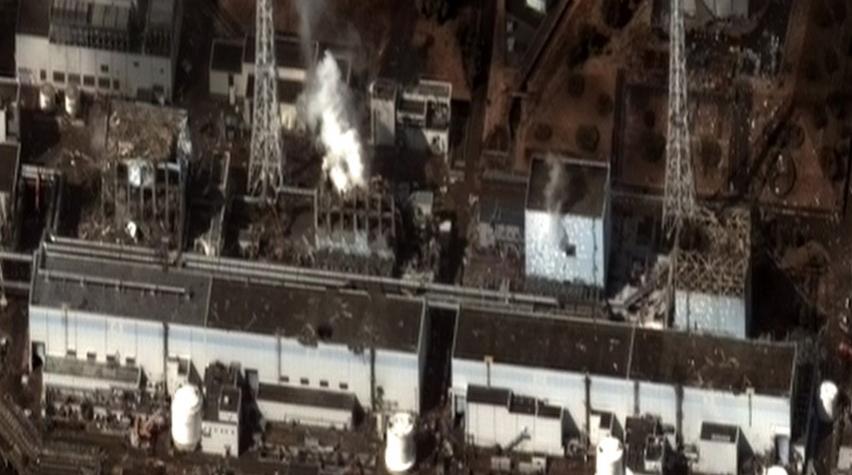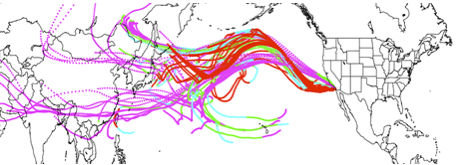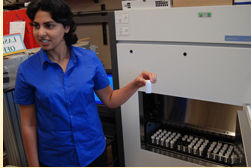
The earthquake that violently shook Japan and crippled the reactor at Mark Thiemens at the University of California, San Diego, recently reported the first measurements of the leaked radiation. The amounts were not dangerous, in fact they were "almost nothing," Thiemens told Proceedings of the National Academy of Sciences, is based on data collected from particles sent across the Pacific Ocean after operators of the damaged reactor had to resort to cooling overheated fuel with seawater. "In any disaster, there's always a lot to be learned by analysis of what happened," said Thiemens in a of Oceanography where Thiemens' group continuously monitors atmospheric sulfur.
Following the data back to Fukushima
Using a model based on NOAA's observations of atmospheric conditions at the time, the team determined the path air took on its way to the pier over the preceding 10 days and found that it led back to Fukushima.
Then they calculated how much radiation must have been released. "You know how much seawater they used, how far neutrons will penetrate into the seawater and the size of the chloride ion. From that you can calculate how many neutrons must have reacted with chlorine to make radioactive sulfur," said Antra Priyadarshi, a post-doctoral
researcher in Thiemens' lab and first author of the paper.
Trace levels no threat
After accounting for losses along the way as the sulfate particles fell into the ocean, decayed, or eddied away from the stream of air heading toward California, the researchers calculated that 400 billion neutrons were released per square meter surface of the cooling pools, between March 13, when the seawater pumping operation began, and March 20, 2011. The trace levels of radiation that reached the California coast never posed a threat to human health. "Although the spike that we measured was very high compared to background levels of radioactive sulfur, the absolute amount of radiation that reached California was small. The levels we recorded aren't a concern for human health. In fact, it took sensitive instruments, measuring radioactive decay for hours after lengthy collection of the particles, to precisely measure the amount of radiation," Thiemens said.




